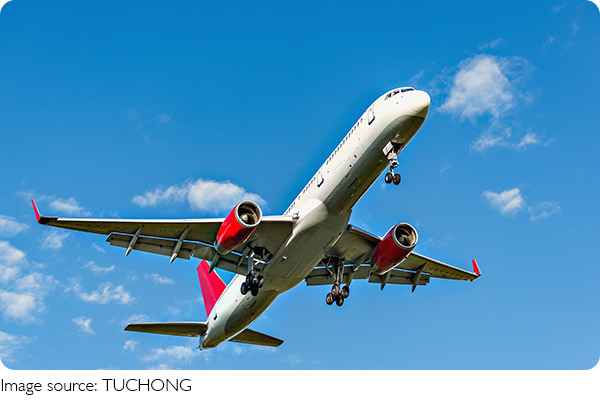Why Are Flights Delayed?

Every travel season, especially during summer, many Lykkers find themselves waiting at airport gates longer than expected. It’s a common scene: flights delayed, departure boards constantly updating, and plans shifted.
But why does this happen so often? The answer lies in the complex, carefully controlled system that manages aircraft movement across the skies. Here's a friendly and structured explanation of why delays occur and what can be done when they do.
The Roots of Flight Delays
Delays Are Official After 15 Minutes
A flight is considered delayed if it departs or arrives more than 15 minutes after the scheduled time. This short window may seem minor, but it plays a huge role in air traffic coordination.
Each aircraft is assigned a CTOT (Calculated Take-Off Time), which includes a narrow flexibility range of just 15 minutes. If a plane misses this window, it has to wait for the next available slot—sometimes much later.
Slots and Their Impact
Slots are like reserved time spaces for each plane to take off and fly. Missing a slot due to delays on the ground or in the air can result in a cascade of issues—extra waiting time on the tarmac, longer queues in the air, and a backlog of aircraft that need to be re-scheduled efficiently and safely.
How the Sky Is Organized
The Invisible Grid
Airspace is divided into large zones called FIRs (Flight Information Regions), each controlled by a national authority. Within these are smaller, more detailed areas called sectors, managed by professional controllers.
Each sector has a maximum capacity for aircraft at a time to ensure safety and order.
Controllers and Sector Limits
Controllers guide planes during different phases: from departure, through mid-air routing, to arrival. Each sector’s controller can only handle a set number of planes simultaneously. If one area is too crowded, flights must be rerouted or delayed until space clears. These limits exist to maintain required distances between planes—both vertically and horizontally.
Main Reasons Behind Summer Delays
Busy Summer Skies
During warmer months, passenger numbers surge. As more planes take to the air, sectors reach their limits quickly. When one becomes saturated, traffic must be redistributed, often causing delays.
Weather Disruptions
Storms or extreme conditions can force planes to change routes or hold patterns mid-air, occupying airspace longer than planned. In some cases, certain air zones become temporarily unusable, forcing reroutes and affecting the schedules of many flights.
Unavailable Routes
Some air regions are off-limits due to international restrictions or safety concerns. This can limit routing options, concentrating traffic through fewer corridors and raising the chance of congestion and delay.
Staff Shortages
Recent years have seen a reduction in qualified air traffic personnel. Training new controllers takes time—often more than a year—so when demand rebounds quickly, the system lacks enough staff to manage all sectors at full capacity. This leads to merged sectors and, unfortunately, fewer aircraft being allowed to fly at once.
Carrier Staffing Gaps
Delays are also caused by issues within airlines. Crew shortages or personnel disruptions can lead to cancellations or rescheduling, affecting thousands of passengers in a ripple effect across the network.
What to Do When a Flight Is Delayed
Stay Informed
Always monitor your flight status through the airline's app or airport displays. Early updates give you the best chance to make quick decisions.
Check Your Rights
Depending on your route and carrier, you may be entitled to compensation, meals, or hotel stays after a certain delay threshold. Keep receipts and records of communication.
Make Productive Use of Time
Airports now offer many ways to stay busy: lounges, rest zones, dining, and shopping. Use the time to relax, read, or catch up on work or messages.
Ask About Alternatives
If the delay is significant, inquire at the airline desk about rebooking options. Sometimes an alternative route or flight with a partner airline is available.

Final Thoughts
Flight delays are frustrating, but they often result from complex systems designed to keep everyone safe and coordinated in the air. With skies busier than ever, especially during high travel periods, understanding how this works helps Lykkers stay patient and prepared. Delays may not disappear entirely, but knowing how to navigate them can make the journey smoother and less stressful.


